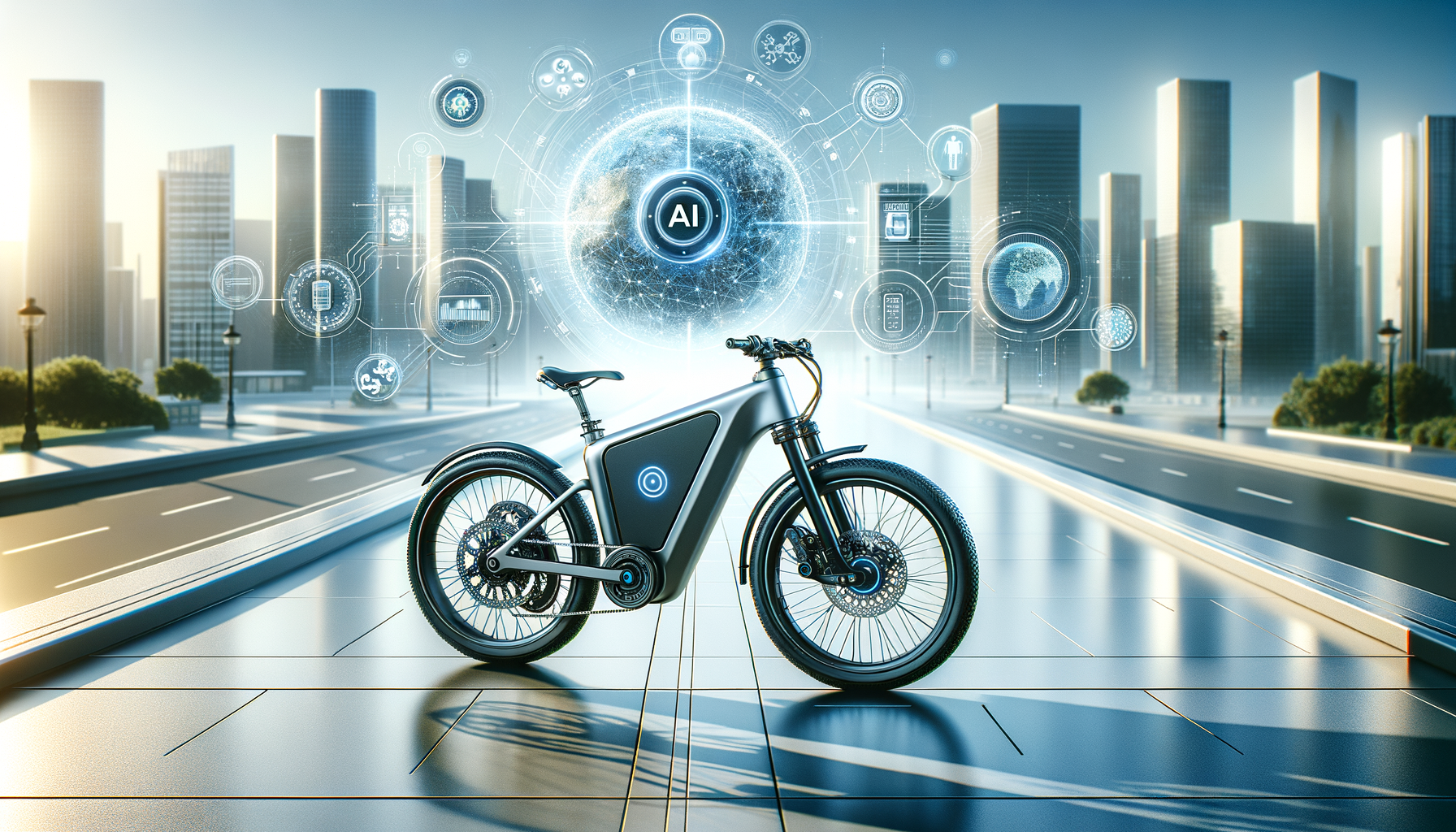
AI-Enhanced Electric Bikes Are Changing the Game — Smarter, Smoother, and Built for 2025
Introduction to AI-Powered E-Bikes
The world of transportation is undergoing a significant transformation, and at the forefront of this change is the rise of AI-powered e-bikes. These innovative bicycles combine the efficiency of electric power with the intelligence of artificial intelligence, offering a smarter and more intuitive riding experience. As urban areas become more congested and the need for sustainable transport solutions grows, AI-powered e-bikes are emerging as a viable alternative to traditional modes of transportation. This article explores the various facets of AI-enhanced electric bikes, highlighting their potential to revolutionize commuting.
The Role of AI in Enhancing E-Bike Performance
AI technology plays a crucial role in enhancing the performance of e-bikes. By integrating AI systems, these bikes can adapt to the rider’s behavior and environmental conditions, optimizing energy consumption and improving overall efficiency. AI algorithms can analyze data from sensors embedded in the bike, such as speed, terrain, and rider input, to adjust the motor’s power output accordingly. This not only extends the battery life but also ensures a smoother and more responsive ride.
Moreover, AI-powered e-bikes can offer personalized riding experiences by learning the rider’s habits and preferences. For instance, if a rider frequently encounters hilly terrains, the AI system can preemptively adjust the motor assistance to provide additional support when needed. This adaptability makes AI-enhanced e-bikes particularly appealing to commuters who seek a reliable and comfortable mode of transport.
Safety Features and AI Integration
Safety is a paramount concern for any mode of transportation, and AI-powered e-bikes are no exception. By leveraging AI technology, these bikes can offer advanced safety features that enhance rider confidence and security. For example, AI systems can process real-time data from onboard cameras and sensors to detect potential hazards on the road, such as obstacles or approaching vehicles. This information can be relayed to the rider through alerts, allowing for timely evasive actions.
Additionally, AI-powered e-bikes can include features like automatic braking and collision avoidance systems, which are particularly useful in urban environments with heavy traffic. These safety enhancements not only protect the rider but also contribute to the overall safety of pedestrians and other road users.
Environmental Impact and Sustainability
One of the most compelling arguments for AI-powered e-bikes is their potential to reduce environmental impact. As cities grapple with pollution and traffic congestion, e-bikes offer a sustainable alternative to fossil fuel-powered vehicles. By incorporating AI, these bikes maximize energy efficiency, minimizing the carbon footprint associated with transportation.
Moreover, the use of AI in e-bikes encourages more people to adopt cycling as a primary mode of transport, further reducing reliance on cars. This shift not only decreases greenhouse gas emissions but also promotes healthier lifestyles among urban populations. As AI technology continues to evolve, the environmental benefits of AI-powered e-bikes are likely to increase, making them a key component of sustainable urban mobility solutions.
The Future of AI-Powered E-Bikes
Looking ahead, the future of AI-powered e-bikes is promising. With advancements in AI and battery technology, these bikes are set to become even more efficient and accessible. Innovations such as machine learning algorithms could enable e-bikes to predict maintenance needs, ensuring they remain in optimal condition and extending their lifespan.
Furthermore, as AI-powered e-bikes become more prevalent, we can expect to see greater integration with smart city infrastructure. This could include seamless connectivity with public transport systems, allowing for a more integrated and efficient urban mobility network. As we move towards 2025 and beyond, AI-powered e-bikes are poised to play a significant role in reshaping how we commute, offering a smarter, smoother, and more sustainable way to navigate our cities.